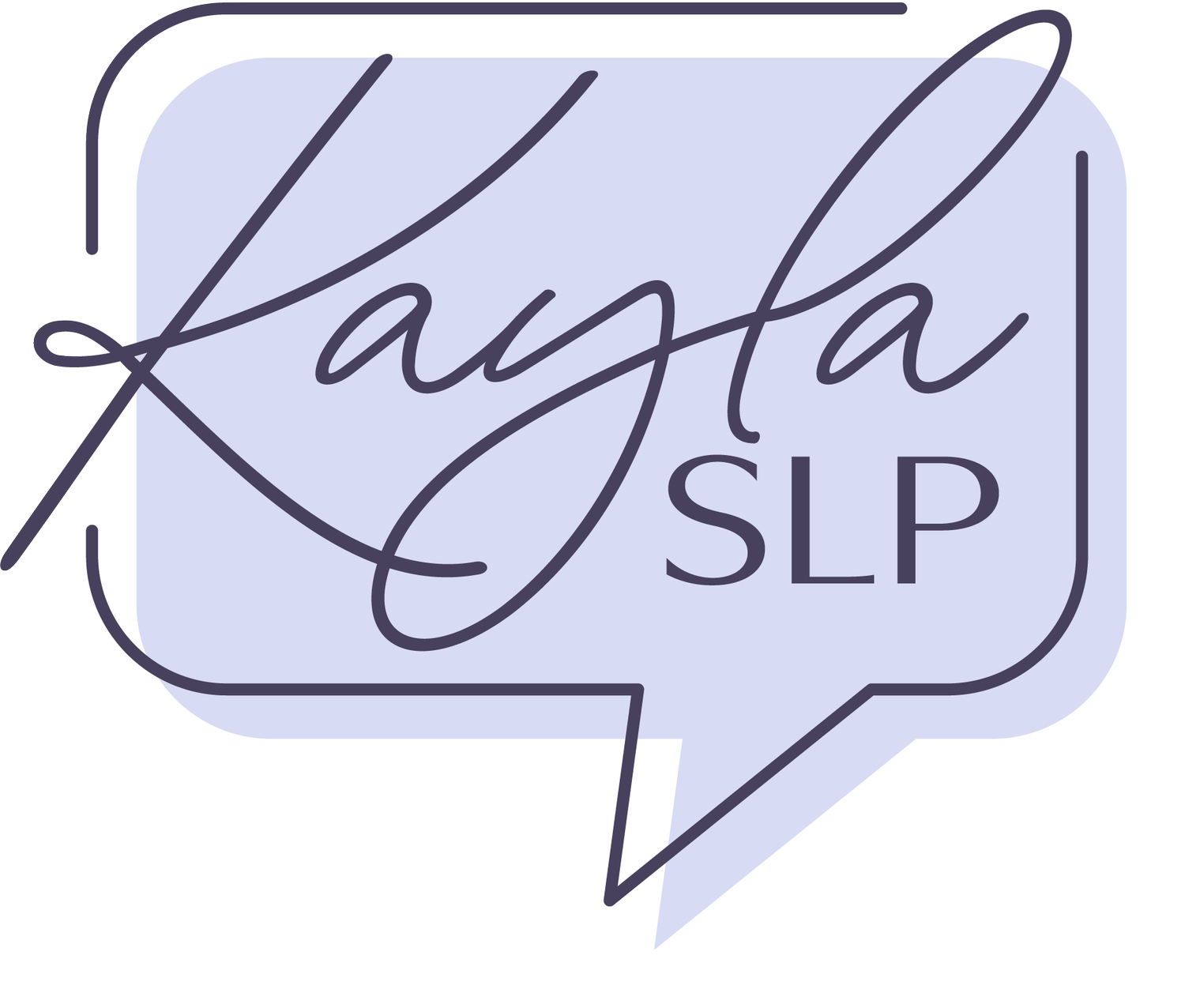The Stop-Doing List That Helped Me Love Being an SLP Again
Let’s talk about burnout.
Not the “I’m a little tired” kind. I mean the kind where you’re driving to work wondering what would happen if you just… didn’t go in.
A few years ago, that was me. I was in full survival mode: pulling long days, crushing IEPs, squeezing in therapy wherever I could, answering emails late at night, and still feeling like I was failing. Every “productivity hack” only added more to my plate.
One night, I sat down at my desk to write my to-do list.
But instead, I wrote a stop-doing list.
What’s a Stop-Doing List?
It’s exactly what it sounds like: a list of things you’re doing that are draining your time, energy, or creativity, and not actually helping your students (or your sanity).
Not because those things are bad. But because they don’t matter as much as we think they do.
Here’s what ended up on mine:
Laminating everything – I switched to dry-erase pockets and digital tools
Creating custom materials for every student – I built a binder of flexible, go-to tools
Replying to emails right away – I started checking twice a day, and that was enough
Staying late to finish Medicaid logs – now batched every Friday morning
None of these tasks were impossibly difficult all on their own. But all of them, piled up day after day, were making the job feel unsustainable.
Burnout Doesn’t Always Come From Big Things
Sometimes it’s the dozens of little expectations we place on ourselves that quietly chip away at our mental bandwidth.
We’re not just therapists.
We’re IEP writers, email responders, strategy creators, team collaborators, data collectors, Medicaid submitters, and classroom consultants.
And we care deeply. Which is why we keep saying yes.
But you can’t give from an empty cup. A stop-doing list helps you protect your energy so you can show up for the parts of the job that matter most.
Make Your Own Stop-Doing List
If this resonates with you, try it.
Grab a blank piece of paper and ask yourself:
What’s draining me but not truly helping my students?
What have I been doing out of habit, fear, or pressure?
What’s taking more than it’s giving?
Your answers might surprise you.
And no, you don’t have to eliminate everything at once. You can start with one thing. If you feel better, try another!
What Happens When You Let Go
Here’s what I found:
My therapy became more focused
I was less reactive and more intentional
I had more time for what mattered
And most importantly, I started to enjoy my work again
Letting go doesn’t mean doing less for your students.
It means doing less of what doesn’t serve you—so you can do better for them.
Free Resource: Your SLP Stop-Doing List Toolkit
Need help getting started? I made a simple, printable worksheet to walk you through the process:
Reflect on what’s draining you
Write your own list
See what’s possible to release
Choose a lighter way forward
You’re not alone in this. You’re not failing.
You’re refusing to drown in the noise, and that’s a powerful move.
Love this post?
Pin it for later!
Save this blog post to your favorite Pinterest board so you can come back to it anytime.


